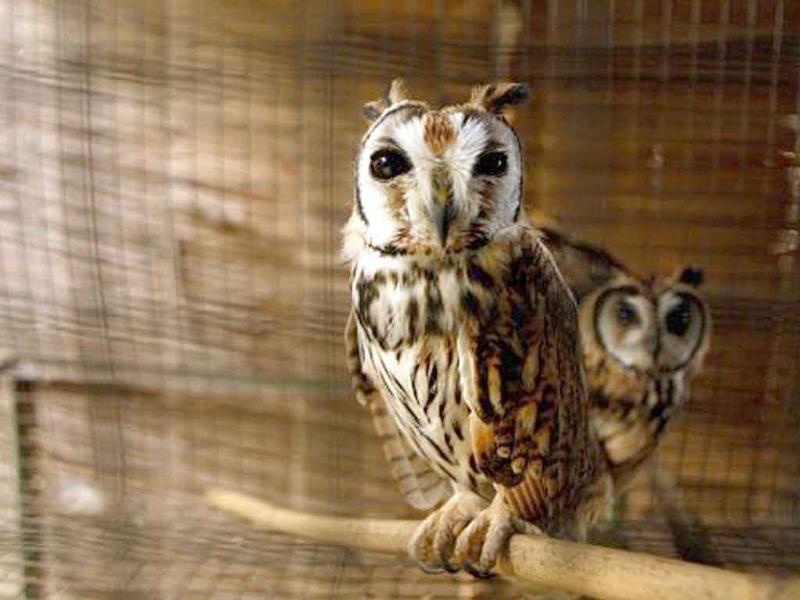US scientists explain how owls can almost fully rotate their heads
Using contrast dye to enhance X-ray imaging of the birds' blood vessels, US medical specialists from Johns Hopkins University in Baltimore have figured out how owls can rotate their heads by as much as 270 degrees.

US medical specialists from Johns Hopkins University in Baltimore have figured out how owls can almost fully rotate their heads - by as much as 270 degrees in either direction.
The birds do so while hunting without damaging the delicate blood vessels in their necks and heads, and without cutting off blood supply to their brains.
'Until now, brain imaging specialists like me who deal with human injuries caused by trauma to arteries in the head and neck have always been puzzled as to why rapid, twisting head movements did not leave thousands of owls lying dead on the forest floor from stroke,' said interventional neuroradiologist Philippe Gailloud, the lead author of the study.
To solve the puzzle, the team studied the bone and blood vessel structure in the heads and necks of several types of owls after their deaths from natural causes.
A contrast dye was used to enhance X-ray imaging of the birds' blood vessels, which were then meticulously dissected, drawn and scanned to allow detailed analysis.
The most striking finding came after researchers injected dye into the owls' arteries, mimicking blood flow, and manually turned the animals' heads, the study says.
Blood vessels at the base of the head, just under the jaw bone, kept getting larger and larger, turning into reservoirs as more of the dye entered the system.
This contrasted starkly with human anatomical ability, where arteries generally tend to get smaller and smaller, and do not balloon as they branch out.
Researchers believe these blood reservoirs allow owls to pool blood to meet the energy needs of their large brains and eyes, while they rotate their heads.
The supporting vascular network, with its many interconnections and adaptations, helps minimize any interruption in blood flow, the study said.
'Our new study results show precisely what morphological adaptations are needed to handle such head gyrations and why humans are so vulnerable to osteopathic injury from chiropractic therapy,' said Gailloud.
The team's findings appeared in the February 1 issue of the journal Science.
Catch all the Latest Tech News, Mobile News, Laptop News, Gaming news, Wearables News , How To News, also keep up with us on Whatsapp channel,Twitter, Facebook, Google News, and Instagram. For our latest videos, subscribe to our YouTube channel.


























